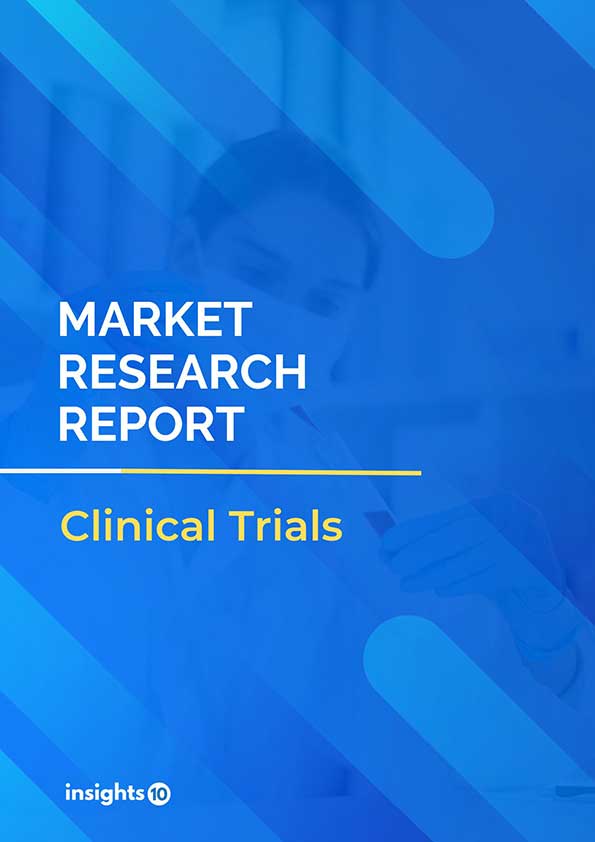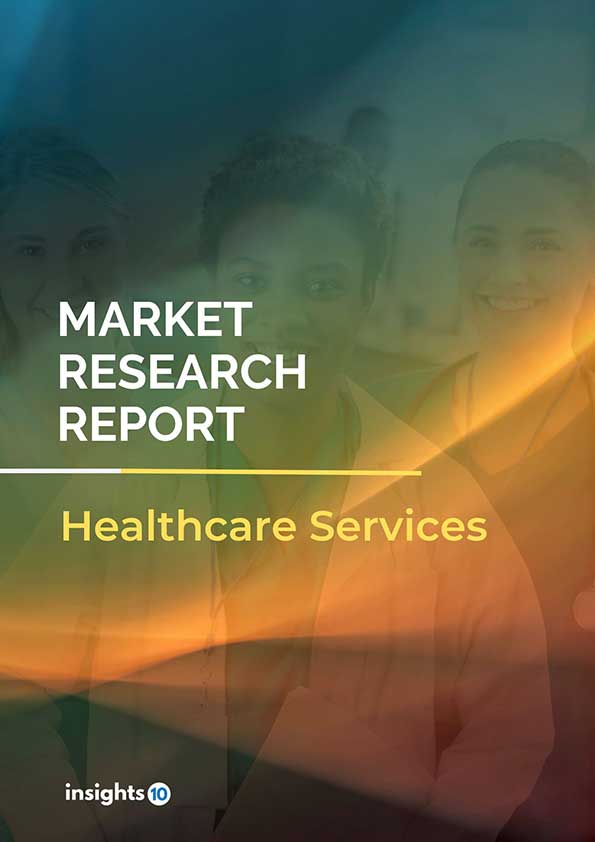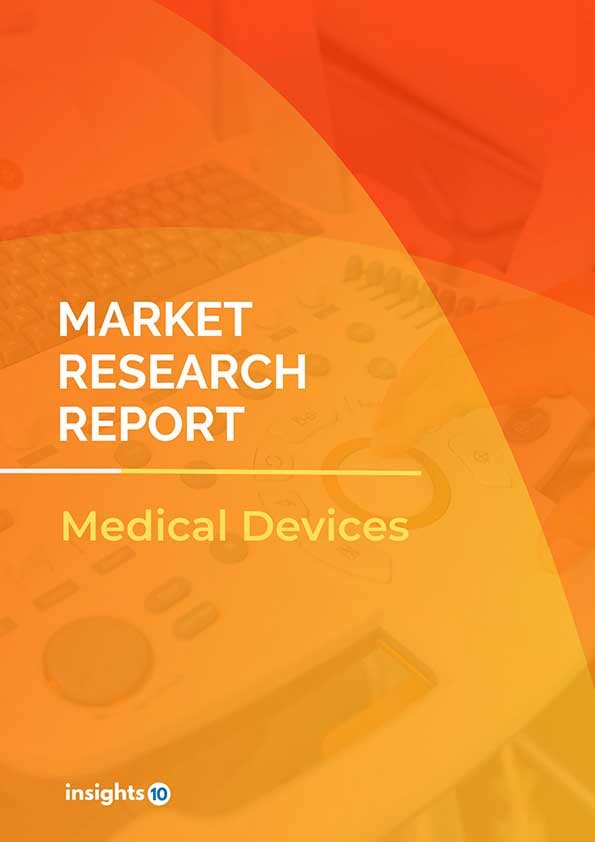Global Liver Diseases Therapeutics Market Analysis
This report presents a strategic analysis of the Global Liver Diseases Therapeutics Market and a forecast for its development in the medium and long term. It provides a broad overview of the market dynamics, trends and insights, growth drivers and restraints, segmentation, competitive landscape, healthcare policies and regulatory framework, reimbursement scenario, challenges and future outlook. This is one of the most comprehensive reports about the Global Liver Diseases Therapeutics Market, offering unmatched value, accuracy and expert insights.
Buy Now

Global Lung Cancer Therapeutics Executive Summary
The world has achieved significant progress in terms of health during the 20th century. Immunization programs around the world, combined with antenatal care for women, have resulted in significant advancements in healthcare. The advancements in health care over the last 50 years have been amazing; worldwide life expectancy has risen faster in this time than it has in the previous 5,000 years.
The global healthcare industry continues to rise to the new challenges posed by the ongoing pandemic, which continues to consume the attention and resources of healthcare systems worldwide. They are continuing to improve their workforce's human experience by changing what, how, and where work is done, rapidly scaling virtual health services for patients, and forming partnerships to create and purchase the necessary vaccines, treatments, and supplies. Simultaneously, they continue to address the growing importance of healthcare disparities, sustainability, and the environment.
The pharmaceutical industry is responsible for the research, development, production, and distribution of medications. Pharma revenues worldwide reached $1.42 trillion in 2021 due to the market's rapid growth over the previous two decades. With the introduction of new technology as well as more economical and effective manufacturing techniques, the pharmaceutical industry has experienced a significant transition. Additionally, the market growth has been positively driven by rising investment flow in this sector.
The aging population, rising liver disease prevalence, government initiatives to provide vaccines and growing awareness, changes in lifestyle that lead to an increase in diseases associated with those lifestyles, increased alcohol consumption, and poor dietary habits are all expected to contribute to the growth of the Global market for therapeutics for liver diseases. There are numerous potentials for the market to expand due to the rise in the number of elderly people and the increase in corporate R&D activities.
Market Size and Key Findings
The Global Liver Disease Therapeutics Market size is at around US $ 11.55 Bn in 2021 and is projected to reach US $ 22.9 Bn in 2030, exhibiting a CAGR of 11.72% during the forecast period.
Global Liver Disease Therapeutics market Size (In USD Bn) (2021-2030F)
.jpg)
Market Dynamics
Market Growth Drivers Analysis
One of the main factors that drive the market's expansion is the growing elderly population, who are more prone to chronic illnesses including liver diseases. Another important element that promotes growth is the rising incidence of fatty liver disease, which is brought on by high blood pressure, cholesterol, obesity, and diabetes.
Market Restraints
The Global market for treating liver illnesses is anticipated to increase slowly due to the risks and side effects involved with these treatments. Included in the negative effects of using liver therapies are nausea, headaches, fever, appetite loss, and drug-induced liver damage.
Additionally, the availability of alternative treatment options including liver resection and organ transplantation is anticipated to restrain market expansion.
Competitive Landscape
Key Players
The prominent players operating in this market include Pfizer Inc. (US), Merck & Co. (U.S.), F. Hoffmann-La Roche Ltd (Switzerland), Novartis AG (Switzerland), Sanofi (France), Takeda Pharmaceutical Company Limited (Japan), Bristol-Myers Squibb (US) and Bayer AG (Germany)
1. Executive Summary
1.1 Disease Overview
1.2 Global Scenario
1.3 Country Overview
1.4 Healthcare Scenario in Country
1.5 Patient Journey
1.6 Health Insurance Coverage in Country
1.7 Active Pharmaceutical Ingredient (API)
1.8 Recent Developments in the Country
2. Market Size and Forecasting
2.1 Epidemiology of Disease
2.2 Market Size (With Excel & Methodology)
2.3 Market Segmentation (Check all Segments in Segmentation Section)
3. Market Dynamics
3.1 Market Drivers
3.2 Market Restraints
4. Competitive Landscape
4.1 Major Market Share
4.2 Key Company Profile (Check all Companies in the Summary Section)
4.2.1 Company
4.2.1.1 Overview
4.2.1.2 Product Applications and Services
4.2.1.3 Recent Developments
4.2.1.4 Partnerships Ecosystem
4.2.1.5 Financials (Based on Availability)
5. Reimbursement Scenario
5.1 Reimbursement Regulation
5.2 Reimbursement Process for Diagnosis
5.3 Reimbursement Process for Treatment
6. Methodology and Scope
Liver Disease Therapeutics Segmentation
By Treatment Type (Revenue, USD Billion):
- Chemotherapy
- Antiviral Drugs
- Vaccines
- Immunosuppressants
- Corticosteroids
- Immunoglobulins
- Targeted Therapy
By Disease Type (Revenue, USD Billion):
- Non-alcoholic Fatty Liver Disease (NAFLD)
- Autoimmune Diseases
- Cancer
- Hepatitis
- Genetic Disorder
- Others
By Distribution Channel (Revenue, USD Billion):
- Hospital Pharmacies
- Retail Pharmacies
- Online Pharmacies
Insights10 will provide you with the reports within 10 key parameters which are:
- Market Overview
- Market Growth Drivers & Restraints
- Epidemiology of Disease Type
- Market Segmentation
- Market Share
- Competitive Landscape
- Key Company Profiles
- Healthcare Policies & Regulatory Framework
- Reimbursement Scenario
- Factors Driving Future Growth
Based on our many years of experience, we believe that these are the parameters that are critical to decision-making for business stakeholders. Our focused approach to developing reports focused on 10 key parameters, enabled us to arrive at the name “Insights10”.

Stage I: Market Data Collection
Primary Interviews: We have developed a network of experts, freelancers, and researchers across countries through which we engage with local experts to gather key data points and assumptions about each market. We also engage regularly with some of the best market research agencies such as Atheneum, GuidePoint, GLG, etc. to conduct surveys and interviews, and build intelligence. We have language translators as a part of our team, who between them can cover 30+ languages allowing us to extract better local insights.
Secondary Data Collection: We have developed strong expertise and experience in secondary data collection methods for developing unique data sets and research material. We gather data from multiple reliable sources to maintain a high level of accuracy and consistency. The market data is analyzed and forecasted using appropriate statistical and coherent models. The report offers an overall analysis of the market size, growth, and market share as well as a segment-level analysis of the specific market. Our report includes precise, to-the-point information related to the overall market, competition, growth drivers, challenges, regulatory updates, and competition.
Data Sources: We have access to multiple highly reliable free and subscription data sources. We have many years of experience to understand which sources are more dependable for what and which to prefer for the reliable and latest information. The key sources of information include the following, but are not limited to:

Stage II: Market Data Analysis and Statistical Model
Market Trends: We generally look at macro parameters and micro indicators. The macro parameters include changes in government policies, demand and supply of the market, government intervention programs, and major market share. The micro indicators are GDP growth, market size, market volume, etc. We also understand nuances specific to each country like the US, Canada, India, Germany, etc., and have worked across 60+ countries and hence not only understand global trends but how these differ by country, how payment models, market structure, cultural parameters, etc. differ in each country.
Market Sizing and Analysis: Our expert data analytics team has created various market forecast models by employing the top-down approach i.e. starting with the large overall market and segmenting different areas and the bottom-up approach i.e. starting with population and epidemiology and rolling up based on spend, etc., estimating the size of the market, and distributing among the geographic and/or product segments.
The top-down approach is mainly used for new product forecasting and the bottom-up approach is used for demand estimation of any product for different countries summed up to form the total market. We are able to round off insights and build stronger forecasts because we always do both these methods and triangulate the final numbers.
The study on the market covers the analysis of the leading geographies such as Asia-Pacific, Africa, Europe, Middle East, North America, and Latin America for the period of 2022 to 2030. The qualitative analysis covers the industry landscape and trends, market opportunities, competitive landscape, and policy and regulatory scenario, and the quantitative analysis covers different market estimates and forecasts.
Data Triangulation & Validation:
Data triangulation of various sources and results of the research are carried out by benchmarking with reliable sources such as industry statistics, statistical databases, and company-level averages, etc.
We make sure to finalize the numbers in alignment with the market research. Firstly, our internal experts ensure thorough validation and checking to ensure accurate and precise analysis and then validation is also done using a multiple-data analysis model. Two-level validation is done and entails the finalization of the report scope and the way of representation pattern.
(1).png)
Stage III: Interpretation and Presentation
Analysis & Interpretation: The information gathered is then analyzed and synthesized. The second series of interviews are done if necessary to check and validate. The future opportunities are analyzed by understanding product commercialization and many other factors. It also comprises the analysis of data discrepancies observed across various data sources. Information procured from secondary and primary results is then, interpreted by considering the following parameters: (a partial list)
- Establishing market drivers and trends
- Analyzing the regulatory landscape to understand future growth
- Market Segment based analysis to obtain revenue/volume
- Analyzing current needs and determining penetration to estimate the market
Insights: Our reports deliver actionable insights backed with supporting facts and figures to assist you in achieving exemplary growth. Our in-depth analyses are interspersed with relevant insights and statistics to offer an executive-level view of a given market. The description helps in correlating many minor factors affecting the market and their impact on the different segments within the market.
Data curated from the analysis and interpretation are drawn to portray all in one consolidated report.
Presentation & Reporting: The market research report is presented in different forms such as charts by using a scientific approach for easy understanding. Historic, current, and future analysis is provided for each market in terms of both value and volume. The size of the market is interpreted in the US Dollar value and the respective unit, based on the product, for volume consumption.
The foreign exchange rates are calculated on the respective dates and for the respective regions covered in the study.
To request a free sample copy of this report, please complete the form below.
We value your inquiry and offer free customization with every report to fulfil your exact research needs.
This report addresses
- Intelligent insights to take informed business decisions
- Qualitative, acute and result oriented market analysis
- Market size and forecasts from 2022 to 2030
- Opportunities for expansion and in-depth market analysis
- Segmentation and regional revenue forecasts
- Analysis of the market share and competitive landscape
- Strategic Recommendations to chart future course of action
- Comprehensive Market Research Report in PDF and PPT formats
Need more?
- Ask our analyst how this study was put together to learn more
- Discuss additional requirements as part of the free customisation
- Add more countries or regions to the scope
- Get answers to specific business questions
- Develop the business case to launch the product
- Find out how this report may influence your business revenue









































